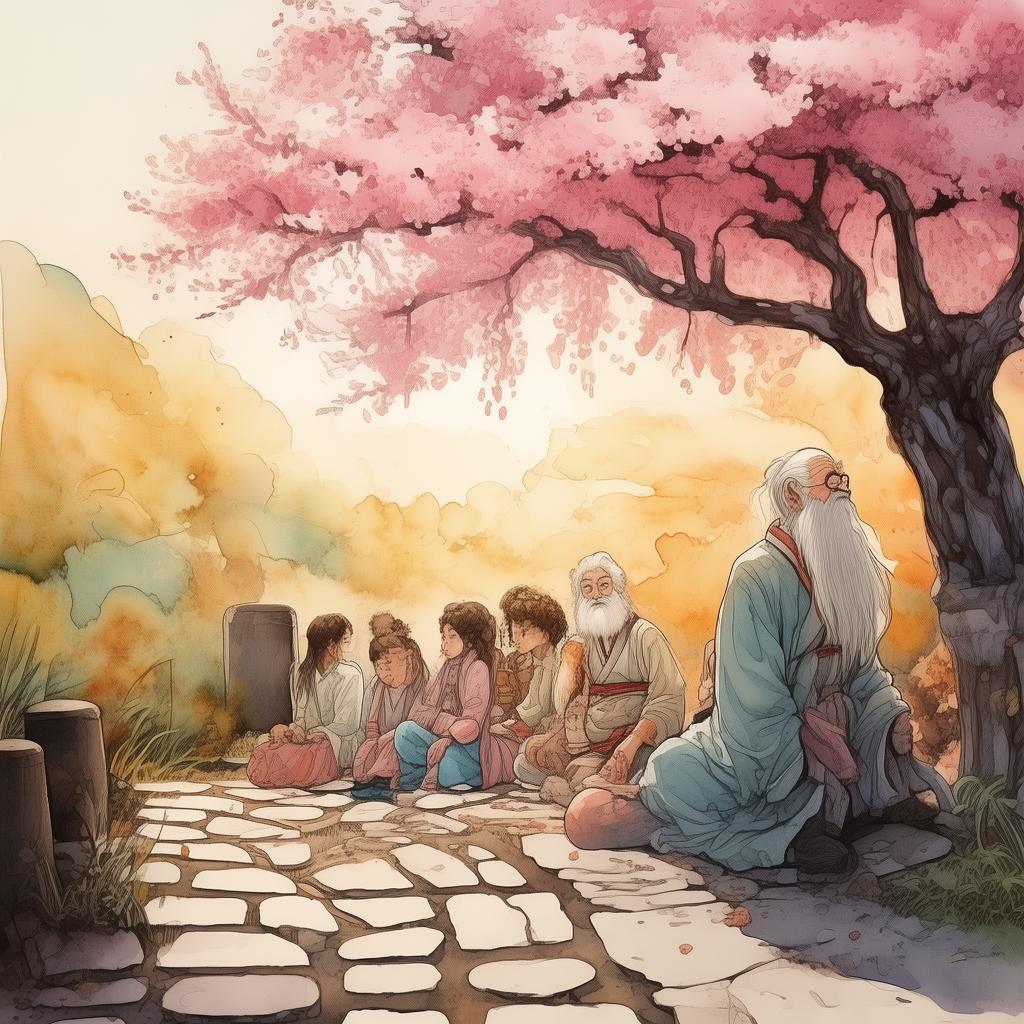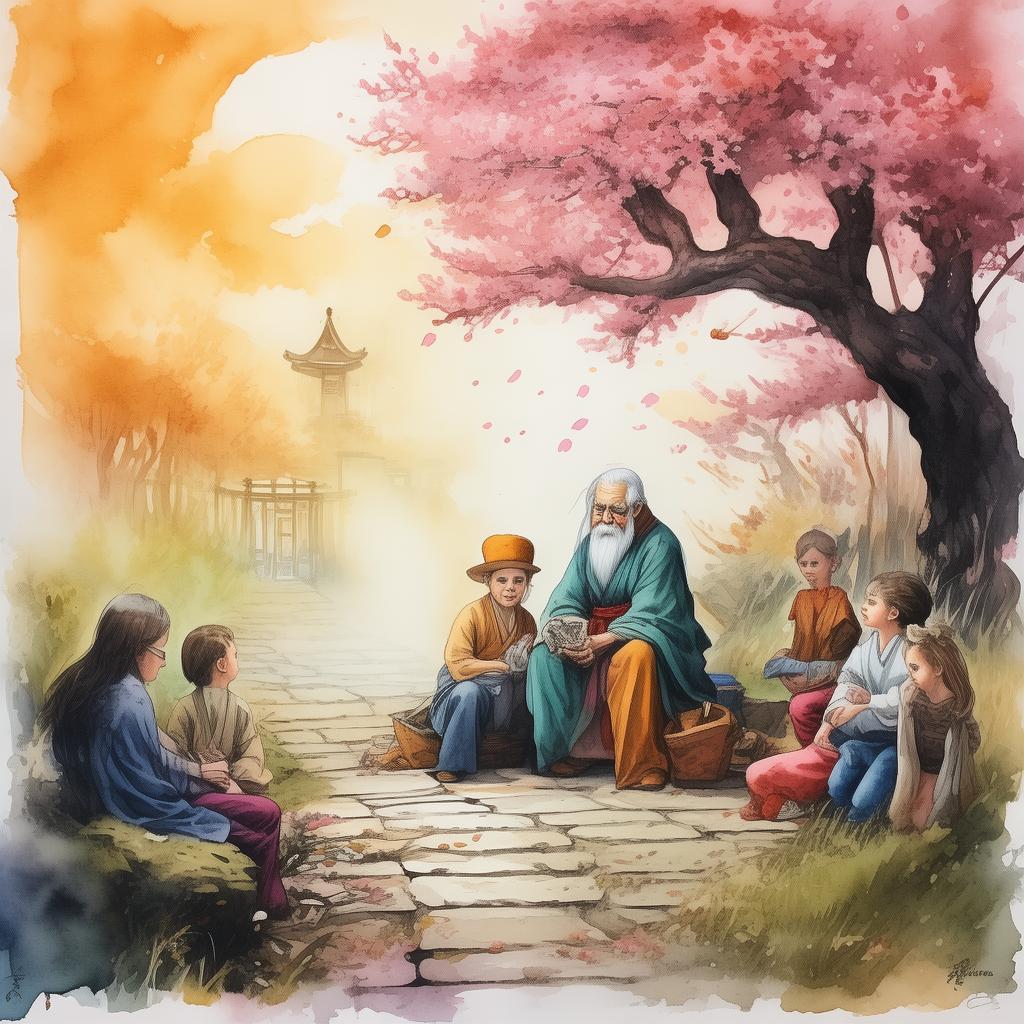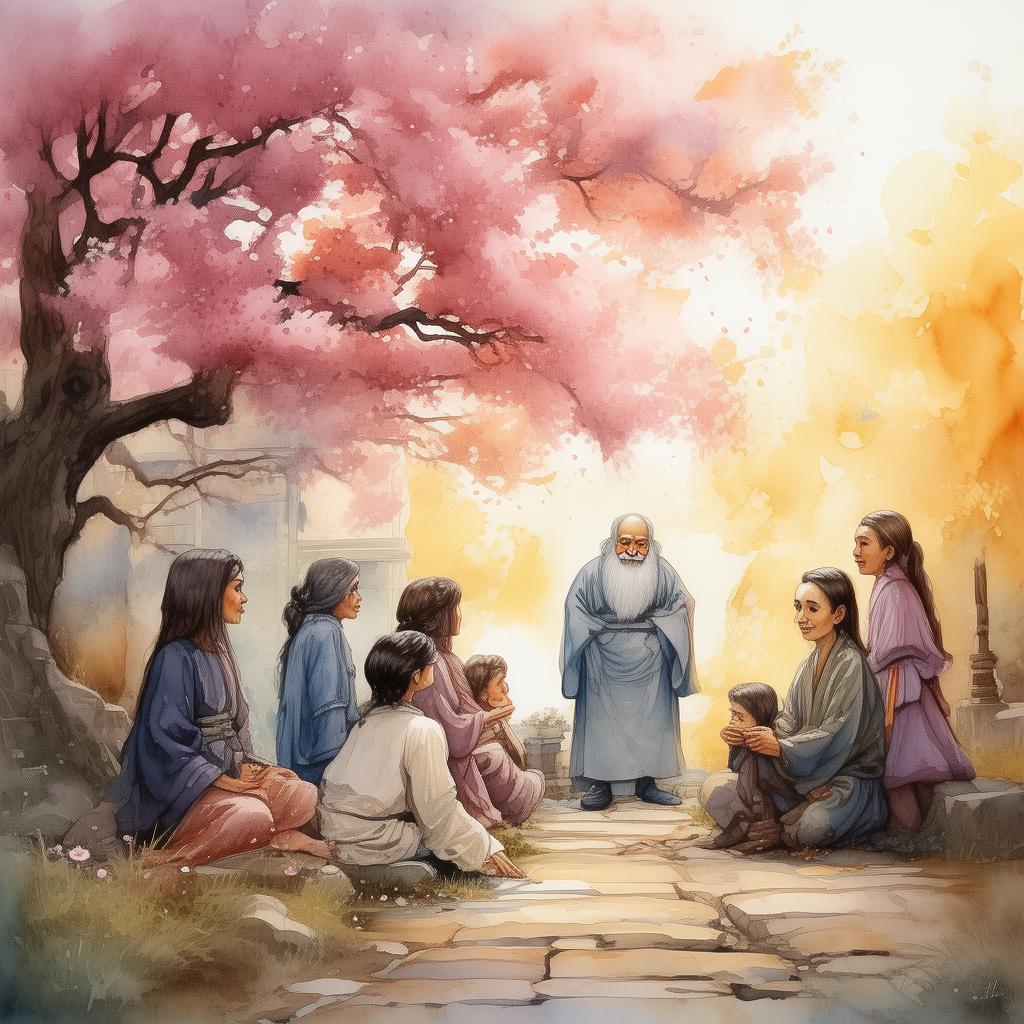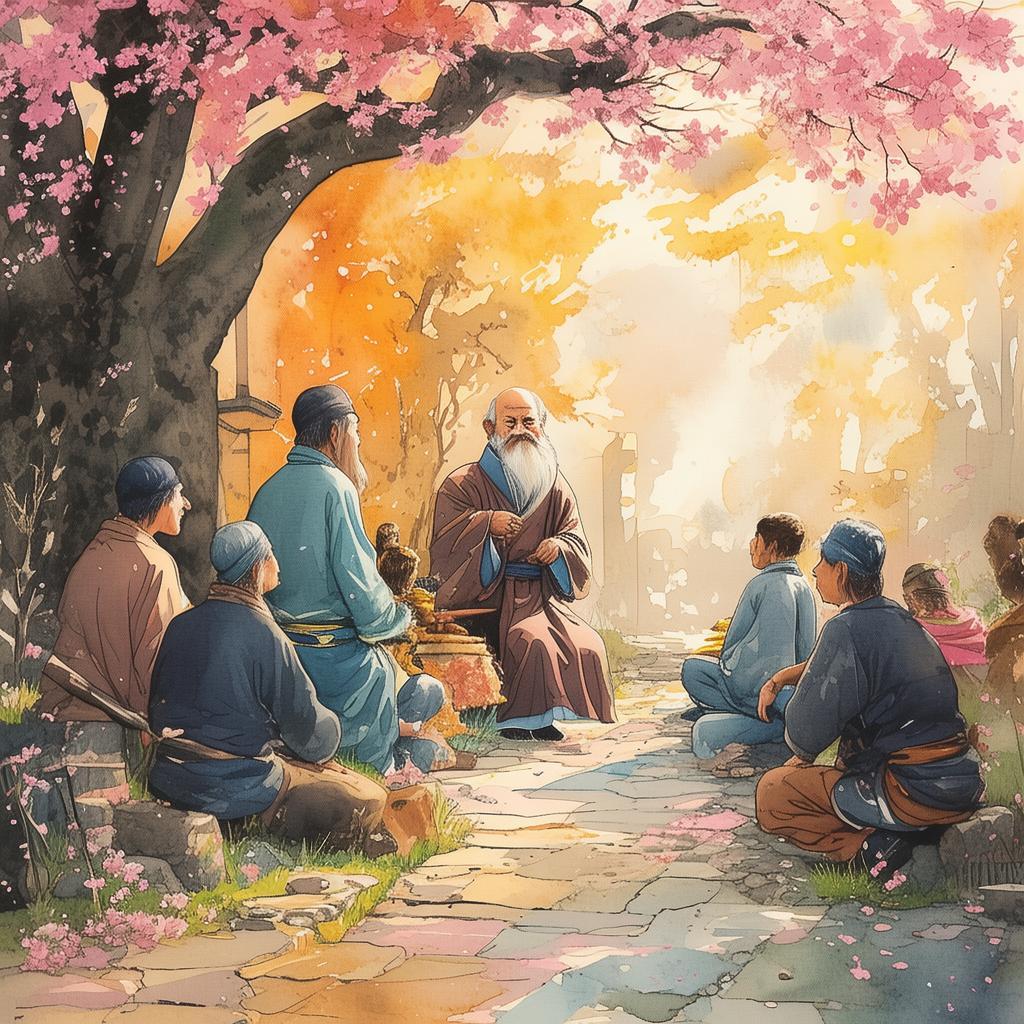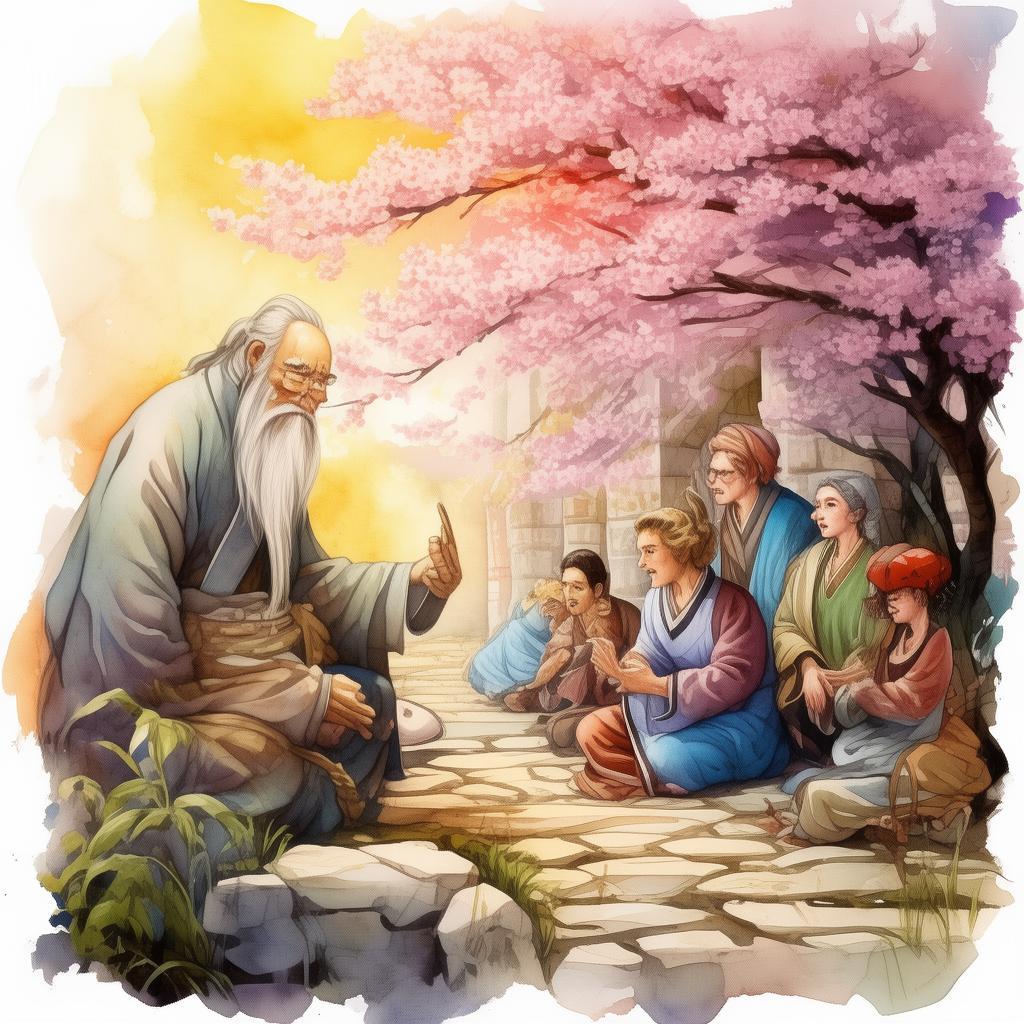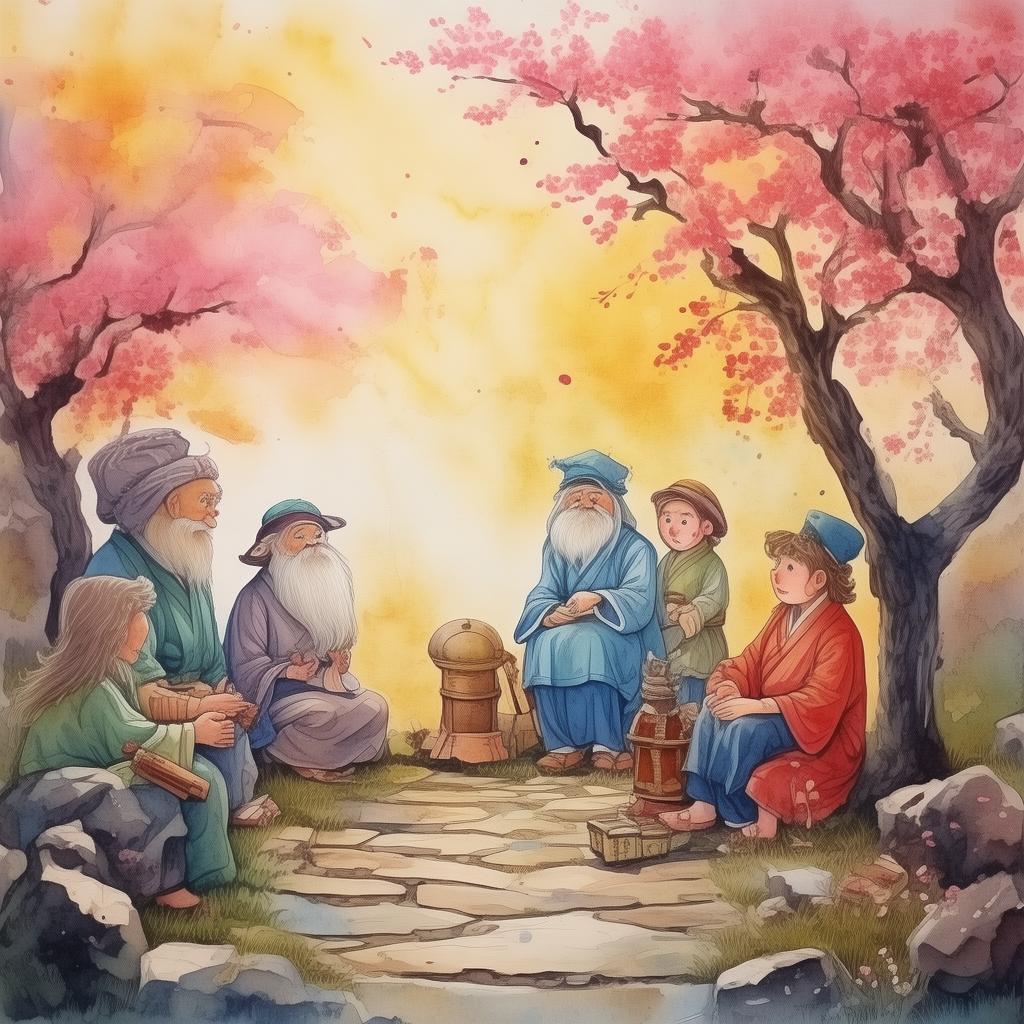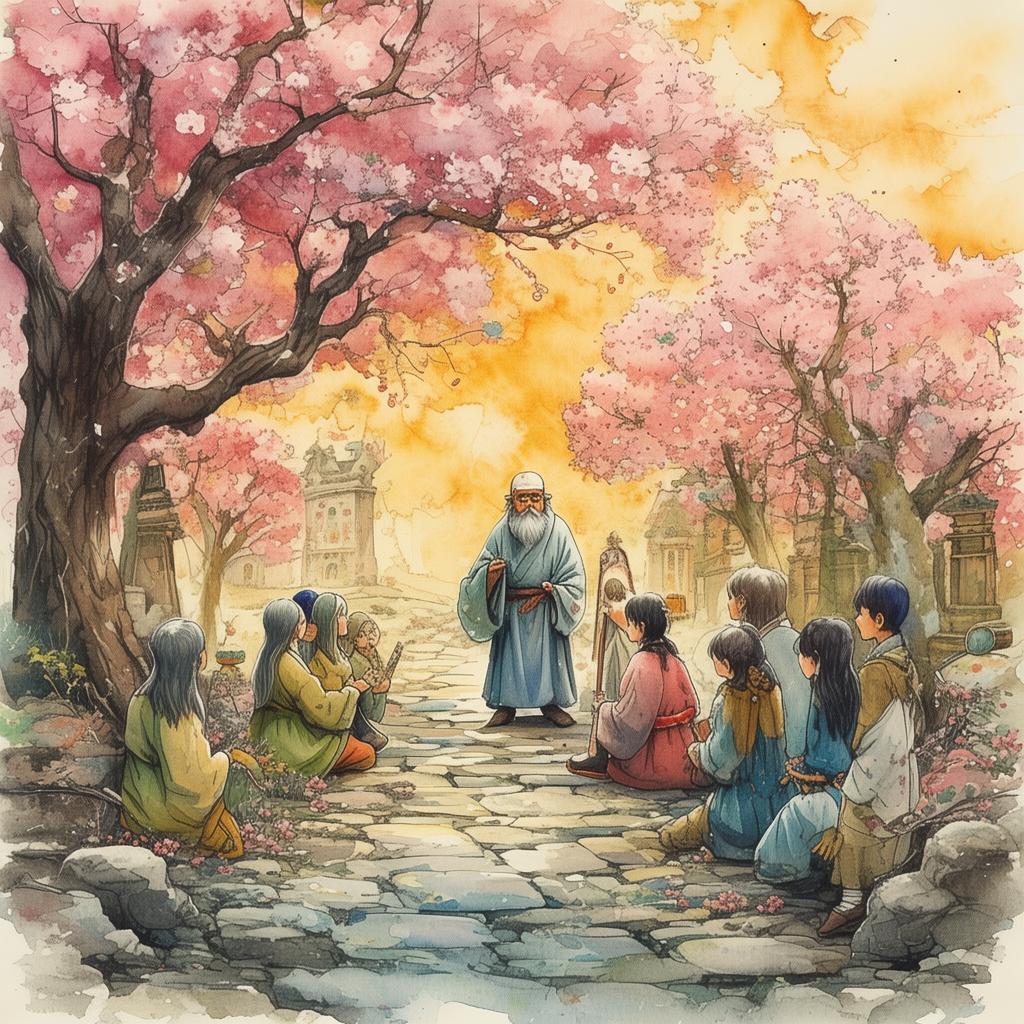Life's Final Symphony: A Quest for Harmony
In the heart of a bustling metropolis, where the symphony of life played endlessly, there was a man named Chen, a composer whose last symphony was about to become his final testament. Chen had spent his life creating music that mirrored the ebb and flow of life's journey, the peaks and valleys of human emotion. His latest work, "The Last Symphony," was an intricate tapestry of sound that was to be performed at the climax of his career, yet it was to be his farewell to the world.
The symphony was a reflection of Chen's life—a series of movements that told the story of his triumphs, failures, loves, and losses. It was a story that mirrored the universal human experience, encapsulating the eternal struggle between harmony and conflict. The first movement, "The Quest for Harmony," depicted the relentless pursuit of a life filled with balance and peace. The second movement, "The Resonance of Conflict," explored the inevitable discord that arises from life's challenges. The third movement, "The Convergence of Opposites," was a meditation on how to reconcile the two, finding a middle ground where true harmony could be found.
As Chen approached the final days of his life, he found himself revisiting the themes of his symphony. He realized that his own life was a mirror to the music he had composed. The quest for harmony was a journey that he had been on for as long as he could remember. It was a quest that was filled with moments of conflict, where the symphony of his life seemed to be at odds with itself.
One evening, as he sat in his dimly lit study, Chen found himself lost in contemplation. He reached for the manuscript of his final symphony and began to read through the notes, each one a memory of his past. He remembered the love that he had lost, the battles he had fought, and the triumphs that had brought him to this moment. He understood that his life had been a series of movements, each one a part of the larger symphony.
As he delved deeper into the manuscript, Chen began to see patterns. He noticed that each movement was not just a representation of his life, but also a metaphor for the stages of life itself. The first movement, the quest for harmony, was the innocence of youth, the pursuit of a life that was not yet burdened by the weight of reality. The second movement, the resonance of conflict, was the adulthood that was filled with the responsibilities and challenges of the world. And the third movement, the convergence of opposites, was the wisdom that comes with age, the realization that harmony is not the absence of conflict, but the art of balancing it.
In a sudden revelation, Chen understood that his symphony was not just a piece of music; it was a guide to life. It was a guide that taught that conflict was not to be feared, but embraced. It was a guide that taught that life's ultimate struggle was not about avoiding conflict, but about finding a way to live with it, to use it as a means to grow and find harmony.

The next day, Chen decided to revise his final symphony. He took the themes of his life and infused them with a new understanding. He added a fourth movement, "The Final Consonance," which was a celebration of the unity that comes from embracing both harmony and conflict. The movement was a triumph, a culmination of all that had come before, a testament to the resilience of the human spirit.
On the day of the symphony's performance, the hall was filled with anticipation. Chen took to the stage, the conductor of his life's final symphony. As the music began, the audience was immediately captivated. The first movement brought back memories of innocence and hope. The second movement painted a vivid picture of the struggles that life throws at us. But it was the third movement that resonated the most, as the audience felt the profound connection between harmony and conflict.
As the symphony reached its climax, the fourth movement unfolded, a beautiful tapestry of sound that spoke of unity and resilience. The audience was spellbound, moved by the music that reflected the essence of life's ultimate struggle. Chen conducted with passion, his life's experiences flowing through his veins, guiding his every gesture.
When the final note echoed through the hall, there was a moment of silence, followed by a standing ovation. Chen looked out at the audience, his eyes filled with tears. He realized that his life's journey had been a success, not because he had avoided conflict, but because he had faced it head-on, embracing it as an essential part of the human experience.
Chen lived out the rest of his days with a newfound appreciation for life's struggles. He continued to compose music, his final symphony now a beacon of hope for those who heard it. And though he had faced life's ultimate struggle, he had found harmony in the process, a harmony that was as unique as his own life's journey.
✨ Original Statement ✨
All articles published on this website (including but not limited to text, images, videos, and other content) are original or authorized for reposting and are protected by relevant laws. Without the explicit written permission of this website, no individual or organization may copy, modify, repost, or use the content for commercial purposes.
If you need to quote or cooperate, please contact this site for authorization. We reserve the right to pursue legal responsibility for any unauthorized use.
Hereby declared.


